Charles M. Kozierok The TCP-IP Guide
Подождите немного. Документ загружается.

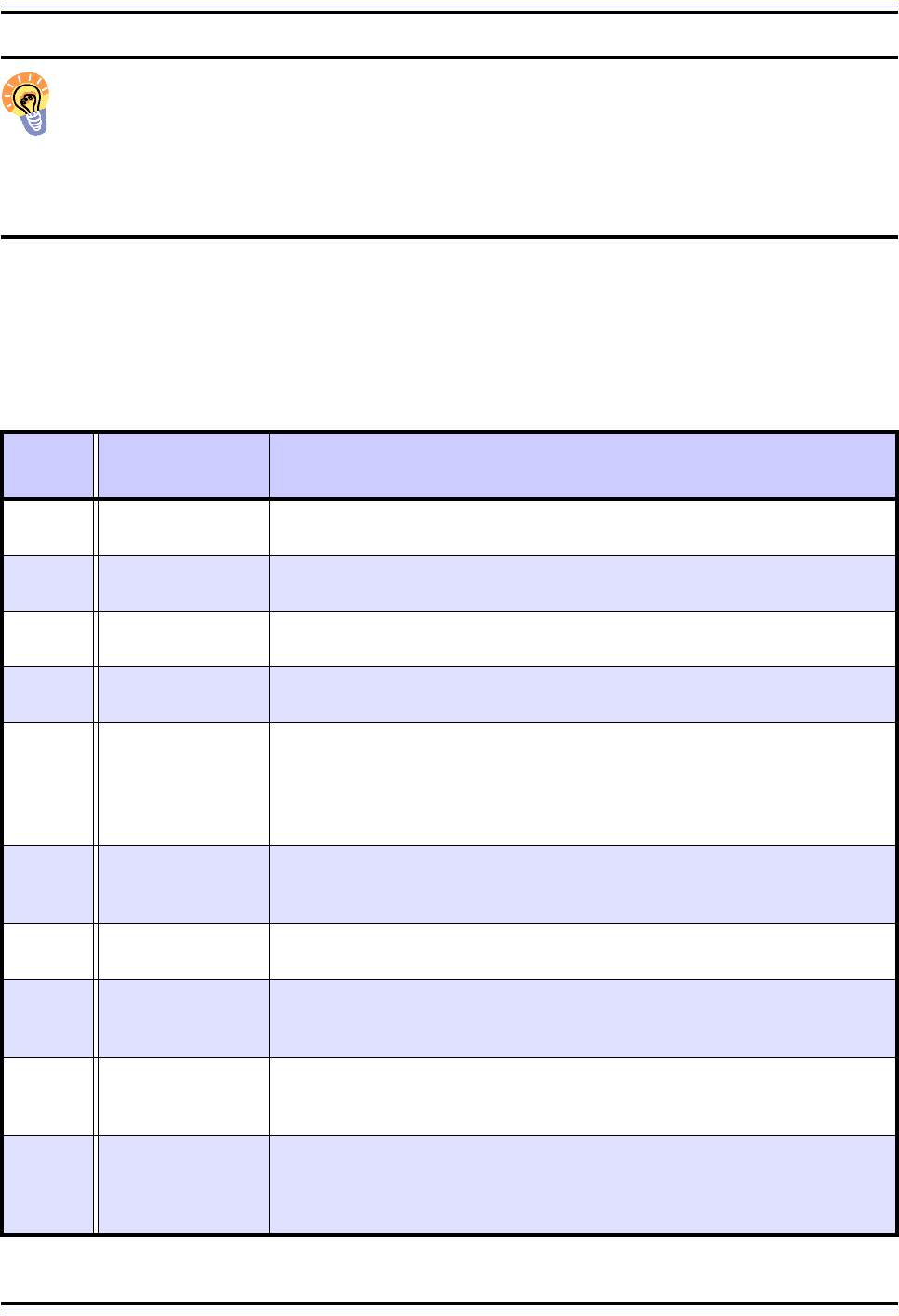
The TCP/IP Guide - Version 3.0 (Contents) ` 1561 _ © 2001-2005 Charles M. Kozierok. All Rights Reserved.
Key Concept: Each HTTP response includes both a numeric status code and a text
reason phrase, both of which indicate the disposition of the corresponding client
request. The numeric code allows software programs to easily interpret the results of
a request, while the text phrase provides more useful information to human users. HTTP
status codes are three digits in length, with the first digit indicating the general class of the
reply.
Status Codes and Reason Phrases
Table 276 lists in numerical order the status codes defined by the HTTP/1.1 standard, along
with the “standard” reason phrase and a brief description of each:
Table 276: HTTP Status Codes (Page 1 of 4)
Status
Code
Reason Phrase Description
100 Continue
Client should continue sending its request. This is a special status code;
see below for details.
101
Switching
Protocols
The client has used the Upgrade header to request the use of an alter-
native protocol and the server has agreed.
200 OK
Generic successful request message response. This is the code sent most
often when a request is filled normally.
201 Created
The request was successful and resulted in a resource being created. This
would be a typical response to a PUT method.
202 Accepted
The request was accepted by the server but has not yet been processed.
This is an intentionally “non-commital” response that does not tell the client
whether or not the request will be carried out; the client determines the
eventual disposition of the request in some unspecified way. It is used only
in special circumstances.
203
Non-Authoritative
Information
The request was successful, but some of the information returned by the
server came not from the original server associated with the resource but
from a third party.
204 No Content
The request was successful, but the server has determined that it does not
need to return to the client an entity body.
205 Reset Content
The request was successful; the server is telling the client that it should
reset the document from which the request was generated so that a
duplicate request is not sent. This code is intended for use with forms.
206 Partial Content
The server has successfully fulfilled a partial GET request. See the topic on
methods for more details on this, as well as the description of the Range
header.
300 Multiple Choices
The resource is represented in more than one way on the server. The
server is returning information describing these representations, so the
client can pick the most appropriate one, a process called agent-driven
negotiation.
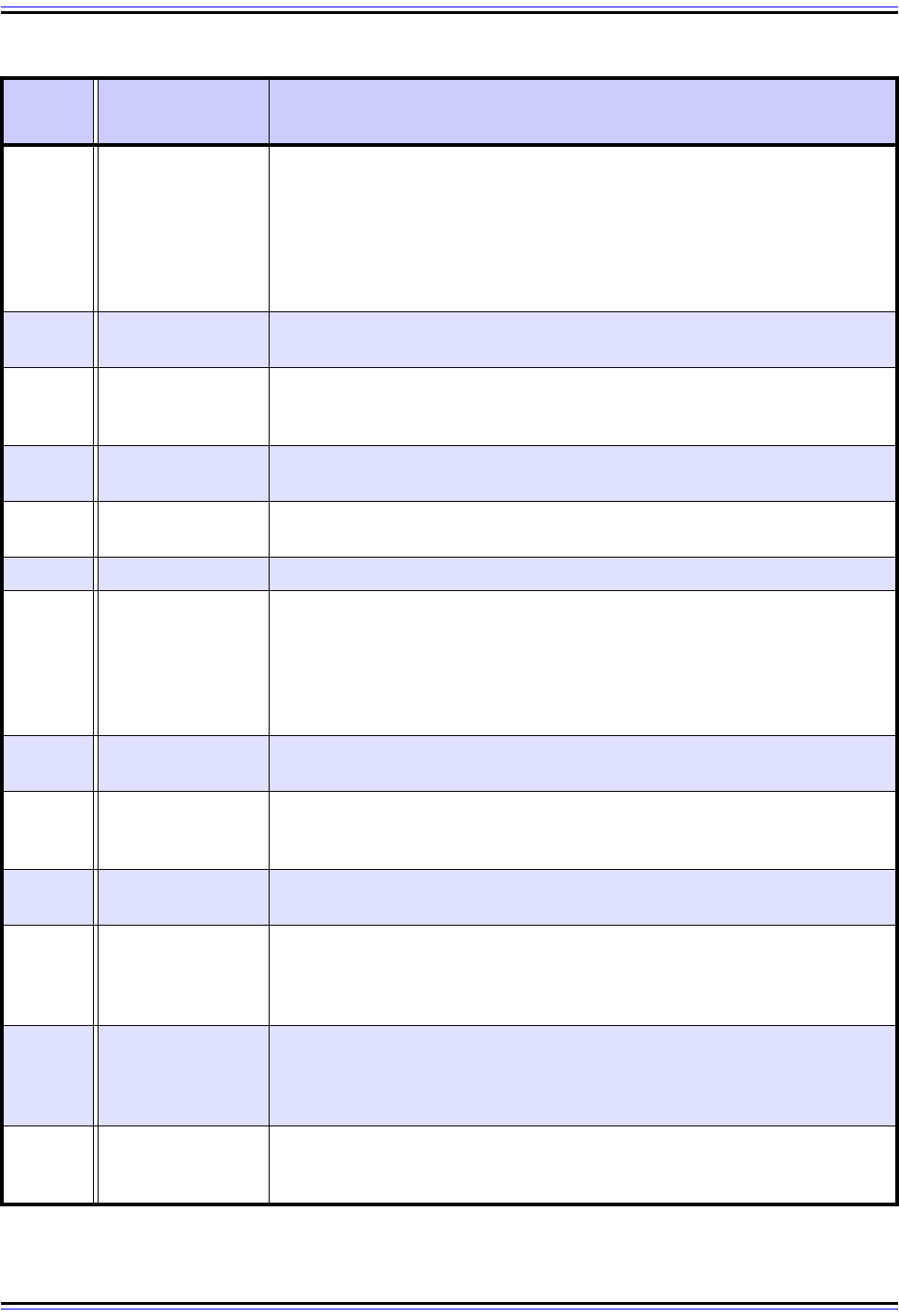
The TCP/IP Guide - Version 3.0 (Contents) ` 1562 _ © 2001-2005 Charles M. Kozierok. All Rights Reserved.
301
Moved
Permanently
The resource requested has been moved to a new URL permanently. Any
future requests for this resource should use the new URL.
This is the proper method of handling situations where a file on a server is
renamed or moved to a new directory. Most people don't bother setting this
up, which is why URLs “break” so often, resulting in 404 errors as
discussed below.
302 Found
The resource requested is temporarily using a different URL. The client
should continue to use the original URL. See code 307.
303 See Other
The response for the request can be found at a different URL, which the
server specifies. The client must do a fresh GET on that URL to see the
results of the prior request.
304 Not Modified
The client sent a conditional GET request, but the resource has not been
modified since the specified date/time, so the server has not sent it.
305 Use Proxy
To access the requested resource, the client must use a proxy, whose URL
is given by the server in its response.
306 (unused) Defined in an earlier (draft?) version of HTTP and no longer used.
307
Temporary
Redirect
The resource is temporarily located at a different URL than the one the
client specified.
Note that 302 and 307 are basically the same status code. 307 was
created to clear up some confusion related to 302 that occurred in earlier
versions of HTTP (which I'd rather not get into!)
400 Bad Request
Server says, “huh?” ☺ Generic response when the request cannot be
understood or carried out due to a problem on the client's end.
401 Unauthorized
The client is not authorized to access the resource. Often returned if an
attempt is made to access a resource protected by a password or some
other means without the appropriate credentials.
402 Payment Required
This is reserved for future use. Its mere presence in the HTTP standard
has caused a lot of people to scratch their chins and go “hmm…” ☺
403 Forbidden
The request has been disallowed by the server. This is a generic “no way”
response that is not related to authorization. For example, if the maintainer
of Web site blocks access to it from a particular client, any requests from
that client will result in a 403 reply.
404 Not Found
The most common HTTP error message, returned when the server cannot
locate the requested resource. Usually occurs due to either the server
having moved/removed the resource, or the client giving an invalid URL
(misspellings being the most common cause.)
405
Method Not
Allowed
The requested method is not allowed for the specified resource. The
response includes an Allow header that indicates what methods the server
will permit.
Table 276: HTTP Status Codes (Page 2 of 4)
Status
Code
Reason Phrase Description
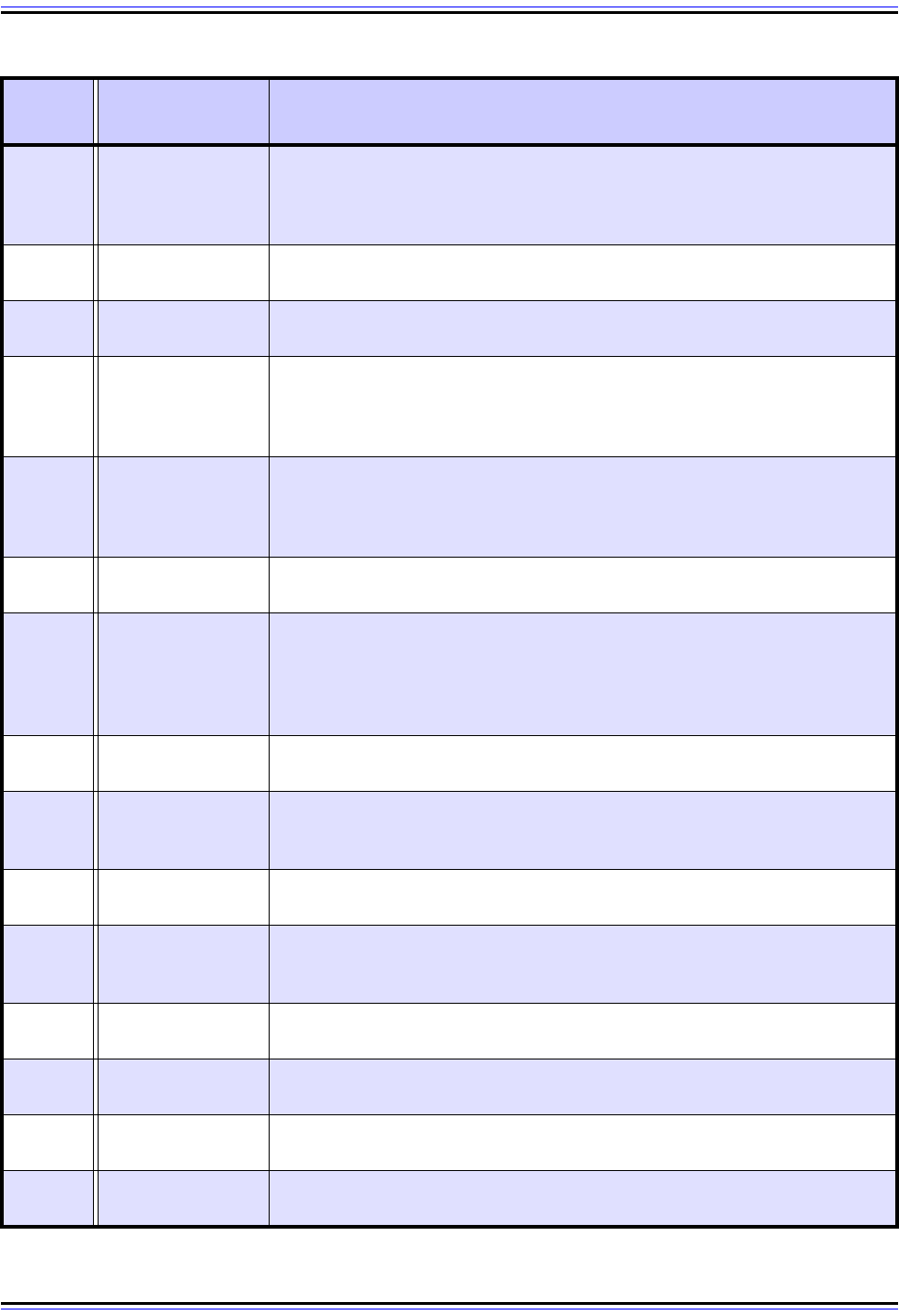
The TCP/IP Guide - Version 3.0 (Contents) ` 1563 _ © 2001-2005 Charles M. Kozierok. All Rights Reserved.
406 Not Acceptable
The client sent a request that specifies limitations that the server cannot
meet for the specified resource. This error may occur if an overly-restrictive
list of conditions is placed into a request such that the server cannot return
any part of the resource.
407
Proxy Authenti-
cation Required
Similar to 401, but the client must first authenticate itself with the proxy.
408 Request Timeout
The server was expecting the client to send a request within a particular
time frame and the client didn't send it.
409 Conflict
The request could not be filled because of a conflict of some sort related to
the resource. This most often occurs in response to a PUT method, such
as if one user tries to PUT a resource that another user has open for
editing, for example.
410 Gone
The resource is no longer available at the server, which does not know its
new URL. This is a more specific version of the 404 code that is used only
if the server knows that the resource was intentionally removed. It is seen
rarely (if ever) compared to 404.
411 Length Required
The request requires a Content-Length header field and one was not
included.
412 Precondition Failed
Indicates that the client specified a precondition in its request, such as the
use of an If-Match header, which evaluated to a false value. This indicates
that the condition was not satisfied so the request is not being filled. This is
used by clients in special cases to ensure that they do not accidentally
receive the wrong resource.
413
Request Entity Too
Large
The server has refused to fulfill the request because the entity that the
client is requesting is too large.
414
Request-URI Too
Long
The server has refused to fulfill the request because the URL specified is
longer than the server can process. This rarely occurs with properly-formed
URLs but may be seen if clients try to send gibberish to the server.
415
Unsupported
Media Type
The request cannot be processed because it contains an entity using a
media type the server does not support.
416
Requested Range
Not Satisfiable
The client included a Range header specifying a range of values that is not
valid for the resource. An example might be requesting bytes 3,000
through 4,000 of a 2,400-byte file.
417 Expectation Failed
The request included an Expect header that could not be satisfied by the
server.
500
Internal Server
Error
Generic error message indicating that the request could not be fulfilled due
to a server problem.
501 Not Implemented
The server does not know how to carry out the request, so it cannot satisfy
it.
502 Bad Gateway
The server, while acting as a gateway or proxy, received an invalid
response from another server it tried to access on the client's behalf.
Table 276: HTTP Status Codes (Page 3 of 4)
Status
Code
Reason Phrase Description
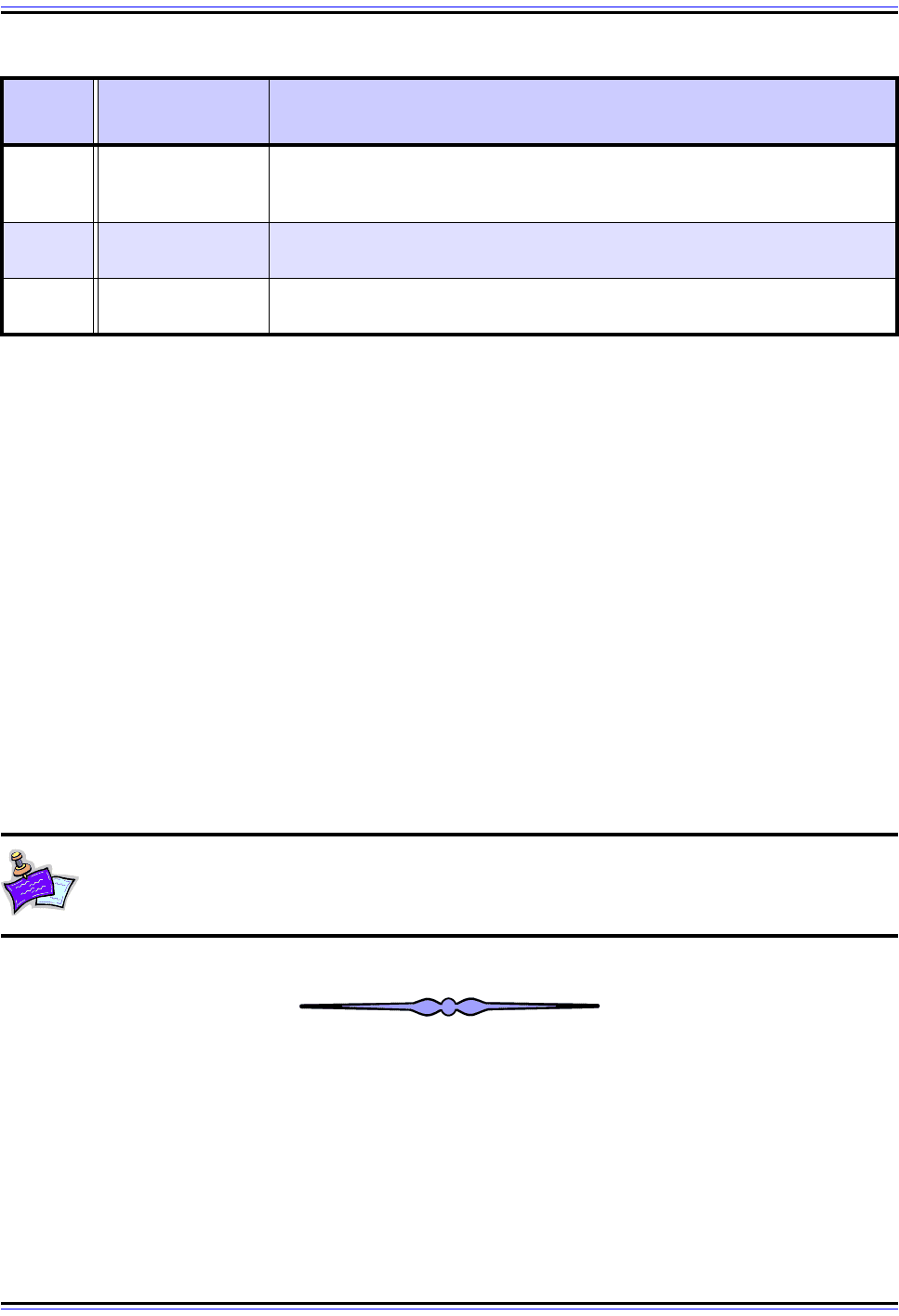
The TCP/IP Guide - Version 3.0 (Contents) ` 1564 _ © 2001-2005 Charles M. Kozierok. All Rights Reserved.
The 100 (Continue) Preliminary Reply
Phew. Now, let's go back to the top, status code 100. Normally, a client sends a complete
request to the server, and waits for a response to it (while optionally pipelining additional
requests). In certain circumstances, however, the client might wish to check in advance if
the server is willing to accept the request before it bothers sending the whole message.
This is not a common occurrence, because most requests are quite small, which makes it
not worth the bother. However, in cases where a user wants to submit a very large amount
of data to an online program, or use PUT to store a large file, for example, checking with the
server first can be a useful optimization.
In this situation, the client sends a request containing the special header “Expect: 100-
continue”. Assuming that the server supports the feature, it will process the request's
headers and immediately send back the “100 Continue” preliminary reply. This tells the
client to continue sending the rest of the request. The server then processes it and
responds normally. If the server doesn't send the 100 response after a certain amount of
time, the client will typically just send the rest of the request anyway.
Note: In some cases, servers send these preliminary replies even when they are
not supposed to, so clients must be prepared to deal with them (they are simply
discarded, since they contain no information).
503
Service
Unavailable
The server is temporarily unable to fulfill the request for internal reasons.
This is often returned when a server is overloaded or down for
maintenance.
504 Gateway Timeout
The server, while acting as a gateway or proxy, timed out while waiting for
a response from another server it tried to access on the client's behalf.
505
HTTP Version Not
Supported
The request used a version of HTTP that the server does not understand.
Table 276: HTTP Status Codes (Page 4 of 4)
Status
Code
Reason Phrase Description
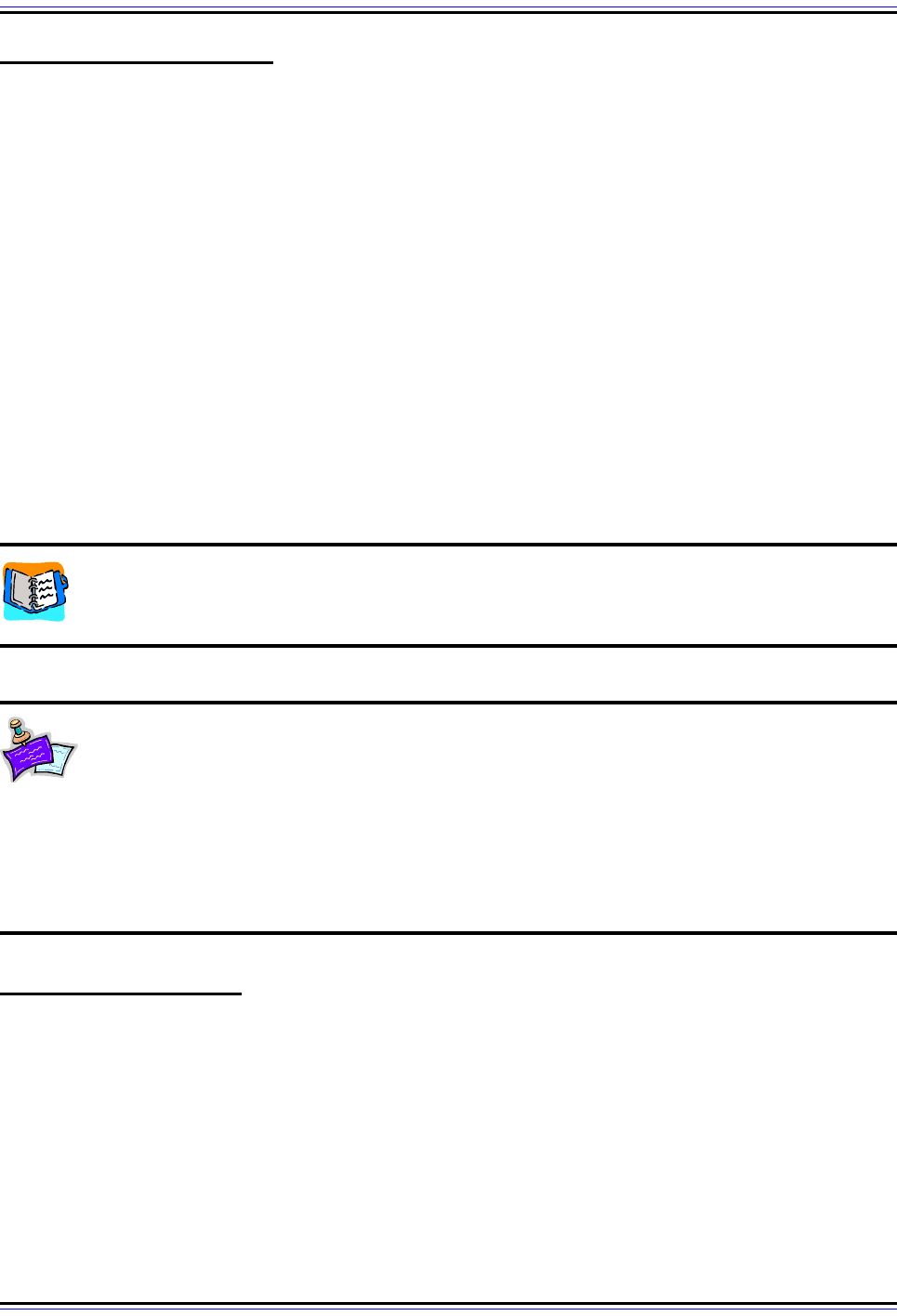
The TCP/IP Guide - Version 3.0 (Contents) ` 1565 _ © 2001-2005 Charles M. Kozierok. All Rights Reserved.
HTTP Message Headers
HTTP communication takes place through the relatively simple exchange of request and
response messages. There are only a small number of methods (commands) supported by
the protocol, which might give one the impression that the protocol is quite limited. Looks
can be deceiving, however. Much of the functionality in HTTP is actually implemented in the
form of message headers, which convey important details between clients and servers.
Some headers can appear in only HTTP requests, some in only HTTP responses, and
some in either type of message. Since they are so important, there are literally dozens of
them, and many apply to both requests and responses, I decided to describe them in detail
in a separate section rather than try to summarize them too much in the course of
describing the message formats
In this section I provide a description of each of the many headers used in HTTP request
and response messages. The section contains four topics, each of which covers one of the
four basic types of HTTP headers: general headers, request headers, response headers
and entity headers.
Background Information: I assume here that you have already read the
preceding section describing HTTP message formats.
Note: For the purpose of determining how Web caches treat HTTP messages,
HTTP headers are categorized as either end-to-end or hop-by-hop headers. The
former are meaningful only to the ultimate recipient of a message, while the latter
are relevant to each device in the chain of devices (such as proxies) connecting a client and
server. To avoid unnecessary complication I have not categorized the headers in this
section using these categories; see the topic on caching for more information. In the
descriptions of the individual headers, I indicate which headers are hop-by-hop; all others
are end-to-end.
HTTP General Headers
HTTP general headers are so named because unlike the other three categories, they are
not specific to any particular kind of message or message component (request, response or
message entity). General headers are used primarily to communicate information about the
message itself, as opposed to what content it carries. They provide general information and
control how a message is processed and handled.
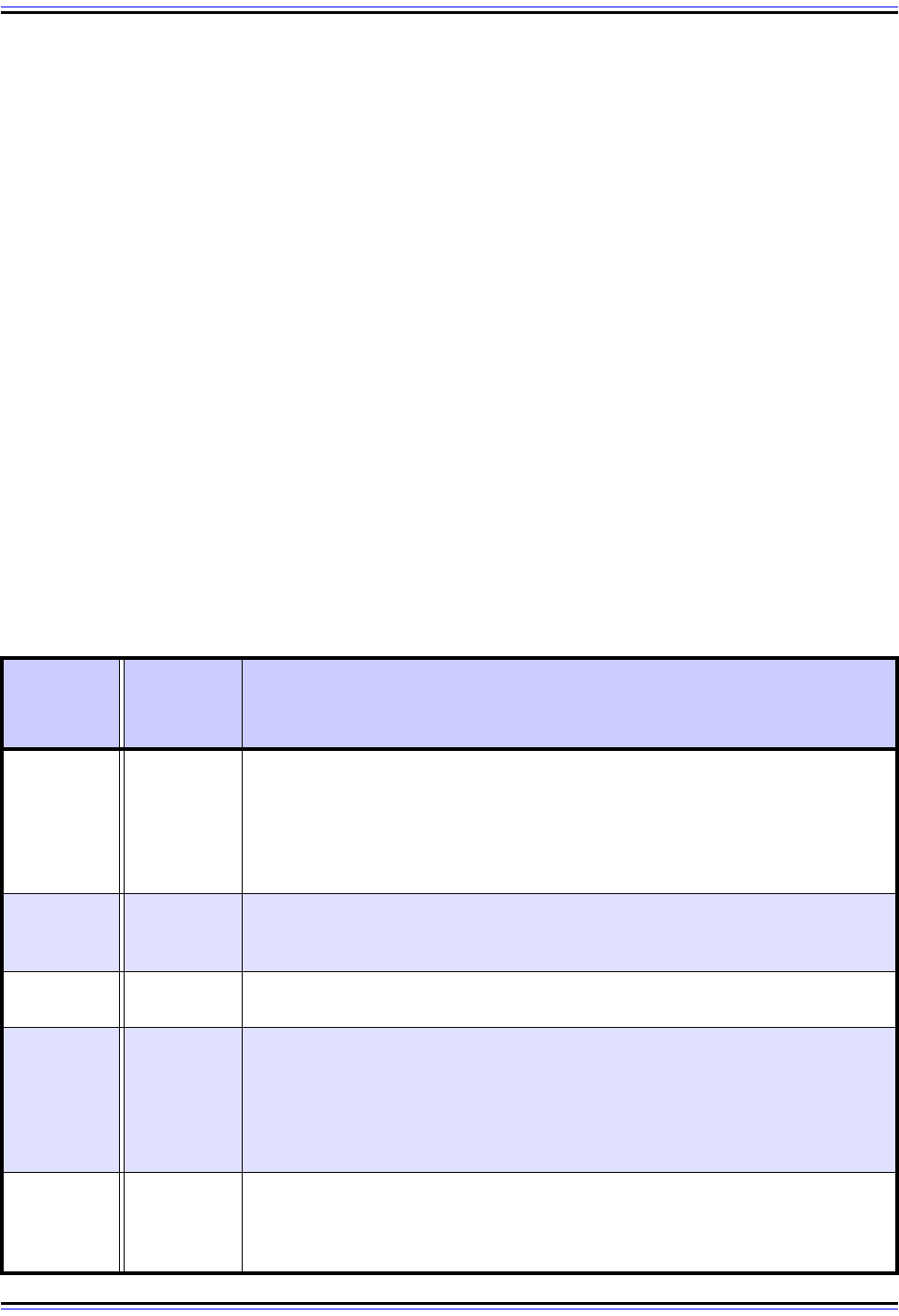
The TCP/IP Guide - Version 3.0 (Contents) ` 1566 _ © 2001-2005 Charles M. Kozierok. All Rights Reserved.
Despite not being specific to either requests or replies, some general headers are used
either mostly or entirely in one or the other type of message. There are also some general
headers that can appear in either a request or a reply, but have a somewhat different
meaning in each.
Cache-Control
Specifies directives that manage how caching is performed either for an HTTP request or
response. These directives affect the handling of a request or response by all devices in the
request/response chain from the HTTP client, through any present intermediaries, to the
HTTP server (or the other way, from the server, through intermediaries, to the client). They
override any default caching behavior performed by a device. See the topic on caching for a
full exposition of the subject.
There are a dozen individual directives that can appear in this header, the full details of
which can be found in RFC 2616. Even though this is a general header, some directives
can appear only in a request or a response. Some also include an additional parameter,
such as a number of seconds, that control their interpretation. Table 277 provides a brief
summary of the different Cache-Control options and how they are used.
Note that only one directive may appear in a Cache-Control header, but more than one
such header can appear in a message.
Table 277: HTTP Cache-Control Directives (Page 1 of 2)
Cache-
Control
Directive
HTTP
Message
Type
Description
no-cache
Request or
Response
When present, forces a caching device to forward any subsequent requests
for the same content to the server for revalidation. That is, the cache must
check with the server to ensure that the cached data is still valid.
Also see the Pragma header description, for an alternative way of accom-
plishing the same thing.
public Response
Indicates that the response may be cached by any cache, including a shared
one (a cache used by many clients). See the topic on caching for more details
on shared caches.
private Response
Specifies that the response is intended for only a particular user and should
not be placed into a shared cache.
no-store
Request or
Response
Specifies that the entire request or response should not be stored in a cache.
This is used sometimes to prevent the storing of sensitive documents in
caches where unauthorized people might be able to access them. However,
as the HTTP standard points out, this is really a very rudimentary security
measure and should not be trusted a great deal (since a malicious cache
operator could simply ignore the directive.)
max-age
Request or
Response
In a request, indicates that the client is willing to accept a response whose age
is no greater than the value specified. In a response, indicates the maximum
age of the response before it is considered “stale”—this is an alternative to the
use of the Expires header and takes precedence over it.
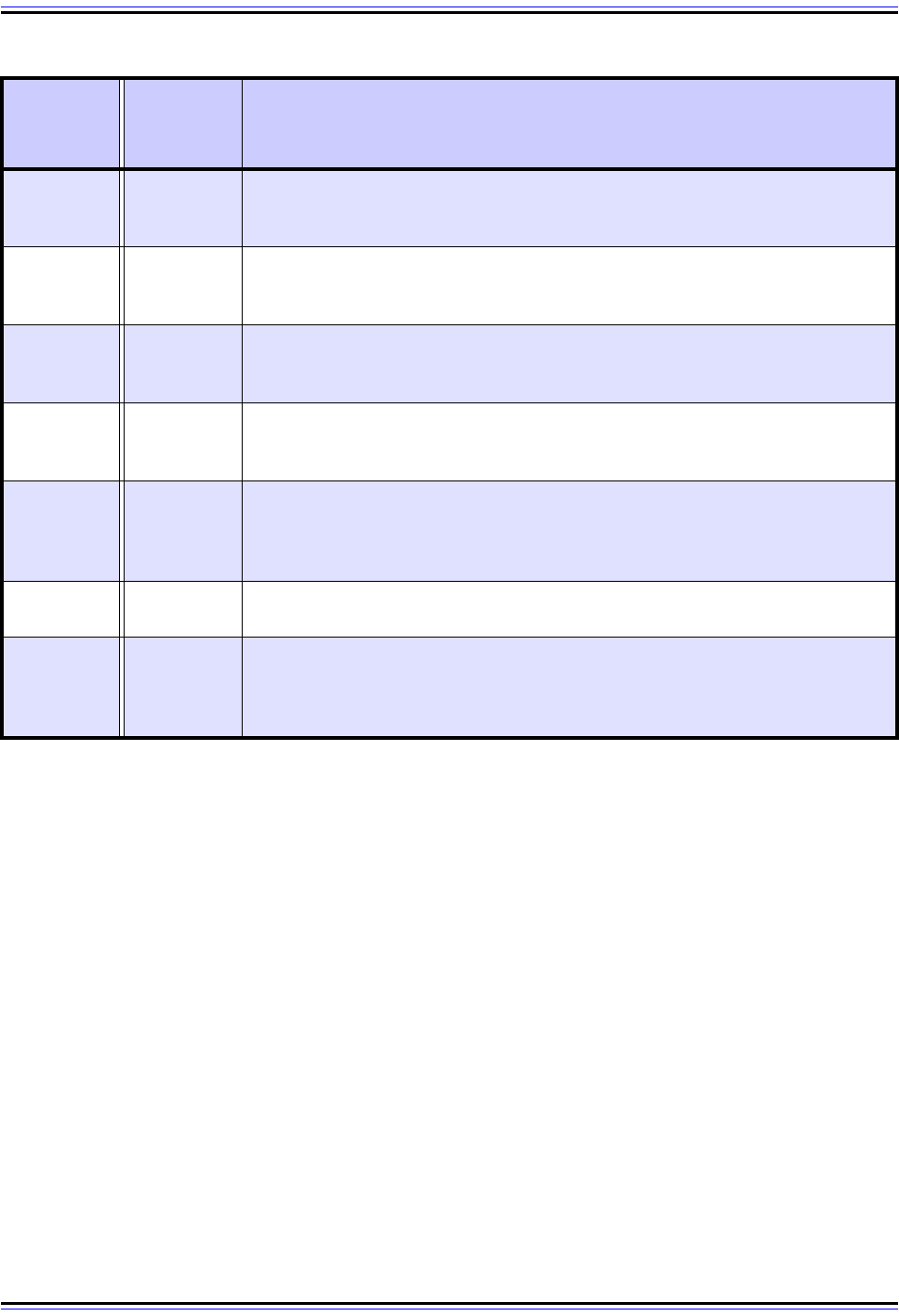
The TCP/IP Guide - Version 3.0 (Contents) ` 1567 _ © 2001-2005 Charles M. Kozierok. All Rights Reserved.
Connection
Contains instructions that pertain only to this particular connection, and must not be
retained by proxies and used for further connections. The most common use of this header
is with the parameter “close”, as follows:
Connection: close
This overrides the default persistent connection behavior of HTTP/1.1, forcing the
connection to terminate after the server's response. Connection is a hop-by-hop header.
Date
Indicates the date and time when the message originated. This is the same as the Date
header in the RFC 822 e-mail format. A typical example would be:
Date: Wed, 06 Aug 2003 16:43:50 GMT
s-maxage Response
If present, this directive specifies the maximum age for shared caches
receiving the response. Private caches (ones that serve only a single client)
use the max-age value described just above.
min-fresh Request
Specifies that the client wants a response that is not only not stale at the time
the request is received, but that will remain “fresh” for the specified number of
seconds.
max-stale Request
If sent without a parameter, indicates that the client is willing to accept a stale
reply (one that has expired). If a numeric parameter is included, it indicates
how stale, in seconds, the response may be.
only-if-
cached
Request
Used only in special circumstances, this directive forces the reply to come
from a cache only; the content may not come from the actual specified HTTP
server.
must-
revalidate
Response
Instructs a cache to revalidate its cache entry for the given response with the
original server after it becomes stale. This is used to prevent problems with
certain types of transactions that can occur if stale cache entries are sent to a
client (perhaps as a result of the client using the max-stale directive.)
proxy-
revalidate
Response
Similar to must-revalidate, but applies only to proxies that service many users.
Private caches, such as those on individual client computers, are not affected.
no-
transform
Request or
Response
Some caches will, by default, change the form in which certain cached entries
are stored, to save space or improve performance. In cases where this might
cause problems, the client or server can use this directive to request that this
transformation not be performed.
Table 277: HTTP Cache-Control Directives (Page 2 of 2)
Cache-
Control
Directive
HTTP
Message
Type
Description

The TCP/IP Guide - Version 3.0 (Contents) ` 1568 _ © 2001-2005 Charles M. Kozierok. All Rights Reserved.
Pragma
Used to enable implementation-specific directives to be applied to all devices in the
request/response chain. One common use of this header is to suppress caching by
including “Pragma: no-cache” in a message. This has the same meaning as a “Cache-
Control: no-cache” header, and is included in HTTP/1.1 for backward compatibility with
HTTP/1.0 (which supports Pragma but not Cache-Control).
Trailer
When “chunked” transfers are used, certain headers may be placed as trailers, after the
data being sent. In this case, the Trailer header is included before the data, and lists the
names of the headers that are actually trailers in that message. This warns the recipient to
look for them after the data. Trailer is a hop-by-hop header.
Transfer-Encoding
Indicates what encoding has been used for the body of the message, to ensure that it is
able to be transferred properly between devices. This header is most often used with the
“chunked” transfer method. Note that this header describes encoding applied to an entire
message, and is thus not the same as the Content-Encoding entity header, which specifi-
cally describes the entity carried in a message. See the topic on content and transfer
encodings for a full discussion. This header applies only to a single transfer, so it is a hop-
by-hop header.
Upgrade
Allows a client device to specify what additional protocols it supports. If the server also
supports one of the protocols the client listed, the server may agree to “upgrade” the
connection to the alternative protocol. It indicates the protocol to which it is upgrading by
including an Upgrade header in a 101 (“Switching Protocols”) response to the client. This is
a hop-by-hop header.
Via
Included by intermediary devices to indicate to the recipient what gateways, proxies and/or
tunnels were used in conveying a request or response. This header allows easy tracing of
the path a message took over a potentially complex chain of devices between a client and
server.
Warning
Used when needed to provide additional information about the status of a message. Many
of the defined warning header types are related to caching. More than one Warning header
may appear in a message, and each typically includes a three-digit numeric code as well as
a plain text message—the same basic format used in HTTP response status codes.
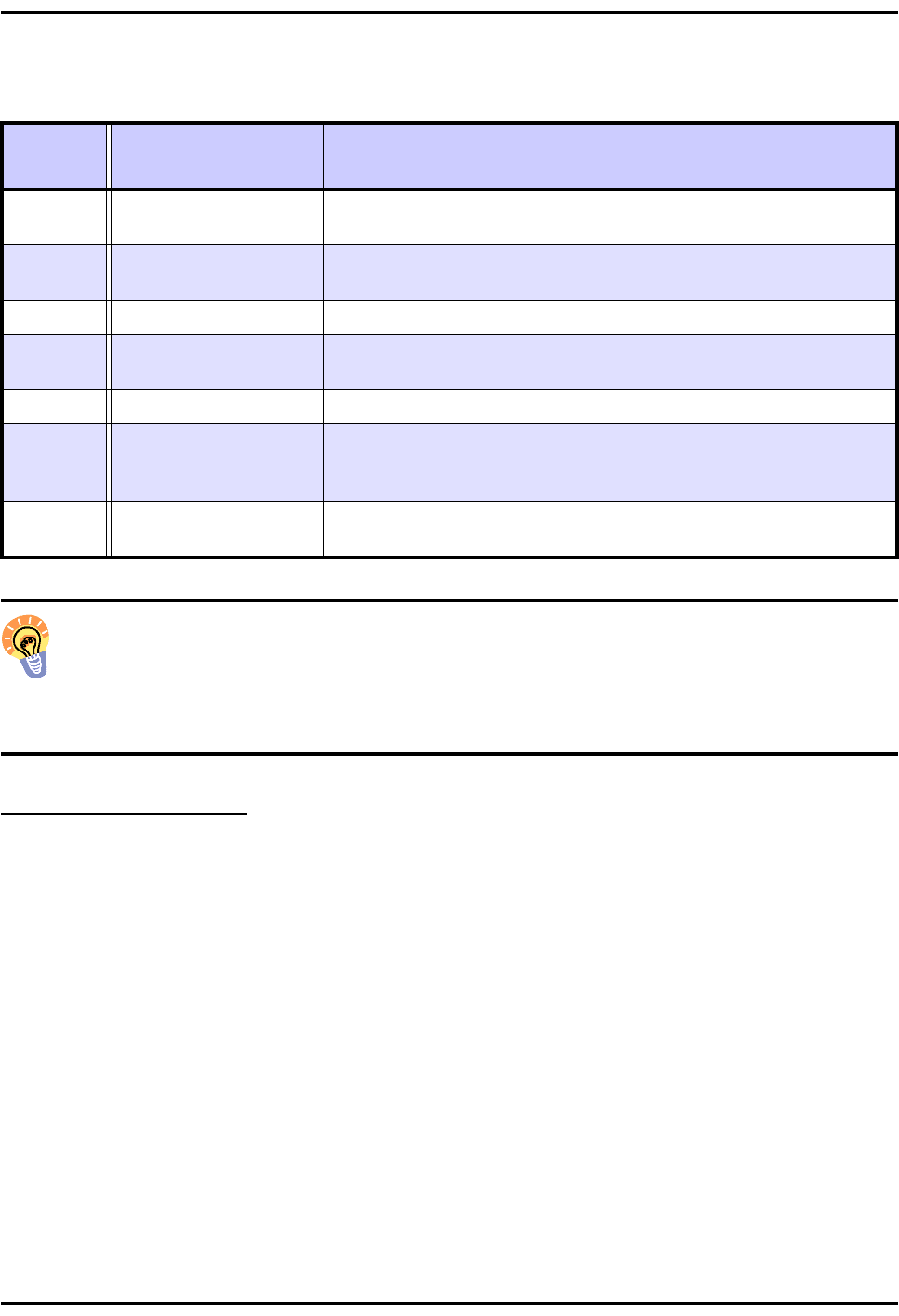
The TCP/IP Guide - Version 3.0 (Contents) ` 1569 _ © 2001-2005 Charles M. Kozierok. All Rights Reserved.
Table 278 briefly lists the warnings defined in RFC 2616.
Key Concept: HTTP general headers can appear in either an HTTP Request or
HTTP Response message. They are used to communicate information about the
message itself, as opposed to its contents. General headers are used for functions
such as specifying the date and time of a message, controlling how the message is cached,
and indicating its transfer encoding method.
HTTP Request Headers
HTTP request headers, as you might imagine, are used only in HTTP request messages,
and serve a number of functions in them. First, they allow the client to provide information
about itself to the server. Second, they give additional details about the nature of the
request that the client is making. Third, they allow the client to have greater control over
how its request is processed and how (or even if) a response is returned by the server or
intermediary.
This is the largest of the four categories of HTTP headers, comprising over a dozen
different types.
Accept
Allows the client to tell the server what Internet media types it is willing to accept in a
response. The header may list several different MIME media types and subtypes that the
client knows how to deal with. Each may be prepended with a “quality value” (“q”
Table 278: HTTP Warning Header Codes
Warning
Code
Warning Text Description
110 Response is stale
Must be included when a response provided by a cache is stale (that
is, has passed the expiration time set for it.)
111 Revalidation failed
A cache attempted to revalidate a cached entry but was unsuc-
cessful, so it returned its (stale) cached entry.
112 Disconnected operation The cache is disconnected from the rest of the network.
113 Heuristic expiration
Included if the cache chose a freshness lifetime of more than 24
hours, and the age of the response is also greater than 24 hours.
199 Miscellaneous warning Catch-all code for other, non-specific warnings.
214 Transformation applied
Warns the recipient that an intermediate cache or proxy applied a
transformation of some type to change the content coding or media
type of the message or message body.
299
Miscellaneous
persistent warning
Similar to code 199 but indicates a persistent warning.

The TCP/IP Guide - Version 3.0 (Contents) ` 1570 _ © 2001-2005 Charles M. Kozierok. All Rights Reserved.
parameter) to indicate the client's preference. If this header is not specified, the default is
for the server to assume any media type may be sent to the client. See the topics on entity
media types and content negotiation for more information on how this header is used.
Accept-Charset
Similar to Accept, but specifies what character sets the client is willing to accept in a
response, rather than what media types. Again, the listed charsets may use a “q” value, and
again, the default if the header is omitted is for the client to accept any character set.
Accept-Encoding
Similar to Accept and Accept-Charset, but specifies what content encodings the client is
willing to accept. This is often used to control whether or not the server may send content in
compressed form. (Remember that content codings are not the same as transfer
encodings.)
Accept-Language
Similar to the preceding Accept-type headers, but provides a list of language tags that
indicate what languages the client supports or expects the server to use in its response.
Authorization
Used by the client to present authentication information (called “credentials”) to the server
to allow the client to be authenticated. This is required only when the server requests
authentication, often by sending a 401 (“Unauthorized”) response to the client's initial
request. This response will contain a WWW-Authenticate header providing the client with
details on how to authenticate with the server. See the topic on security and privacy.
Expect
Indicates certain types of actions that the client is expecting the server to perform. Usually
the server will accept the indicated parameters; if not, it will send back a 417 (“Expectation
Failed”) response. The most common use of this field is to control when the server sends a
100 (“Continue”) response. The client indicates that it wants the server to send this prelim-
inary reply by including the “Expect: 100-continue” header in its request. (See the end of the
topic on status codes for details.)
From
Contains the e-mail address of the human user making the request. This is optional, and
since it is easily spoofed, should be used only for informational purposes, and not for any
type of access rights determination or authentication.
